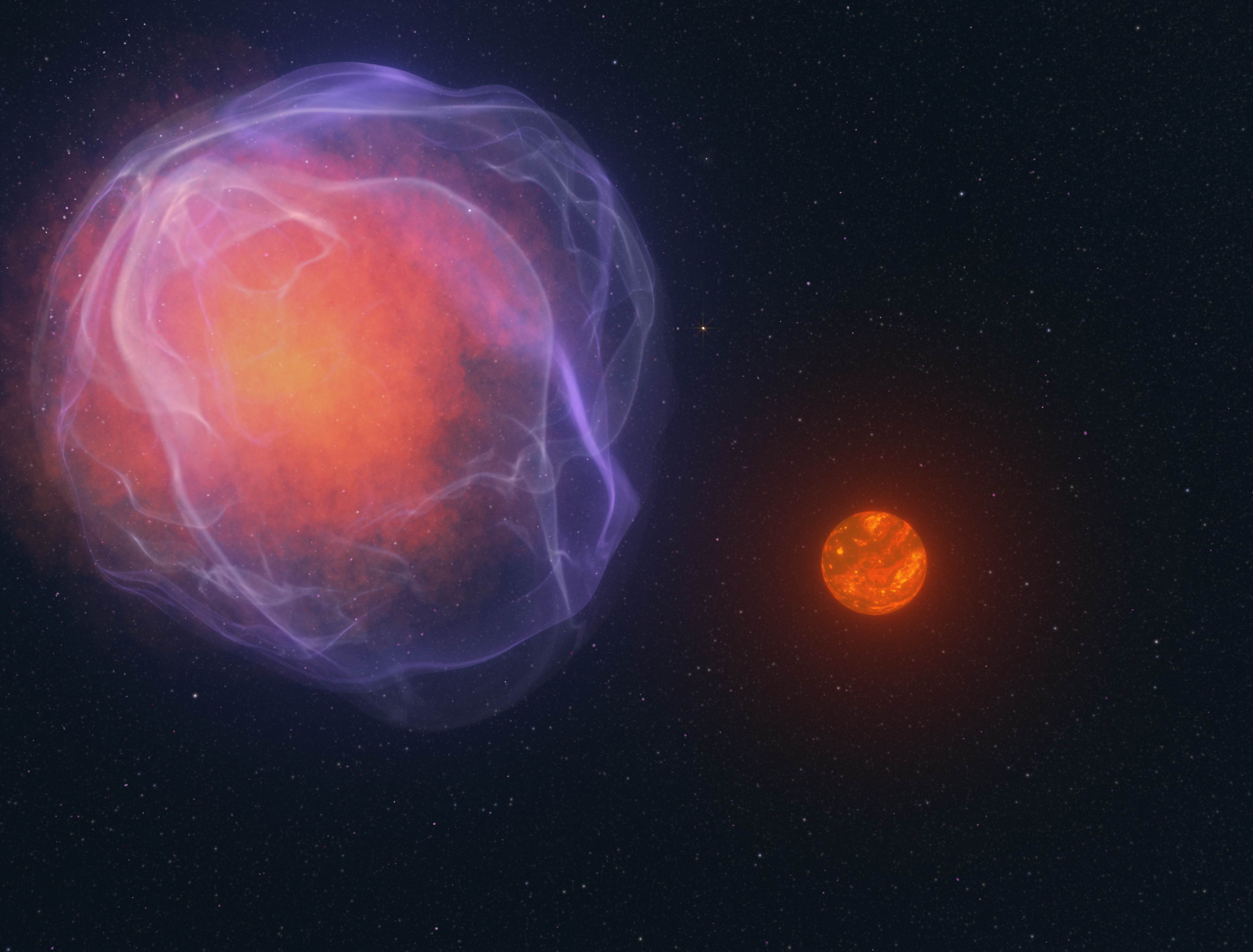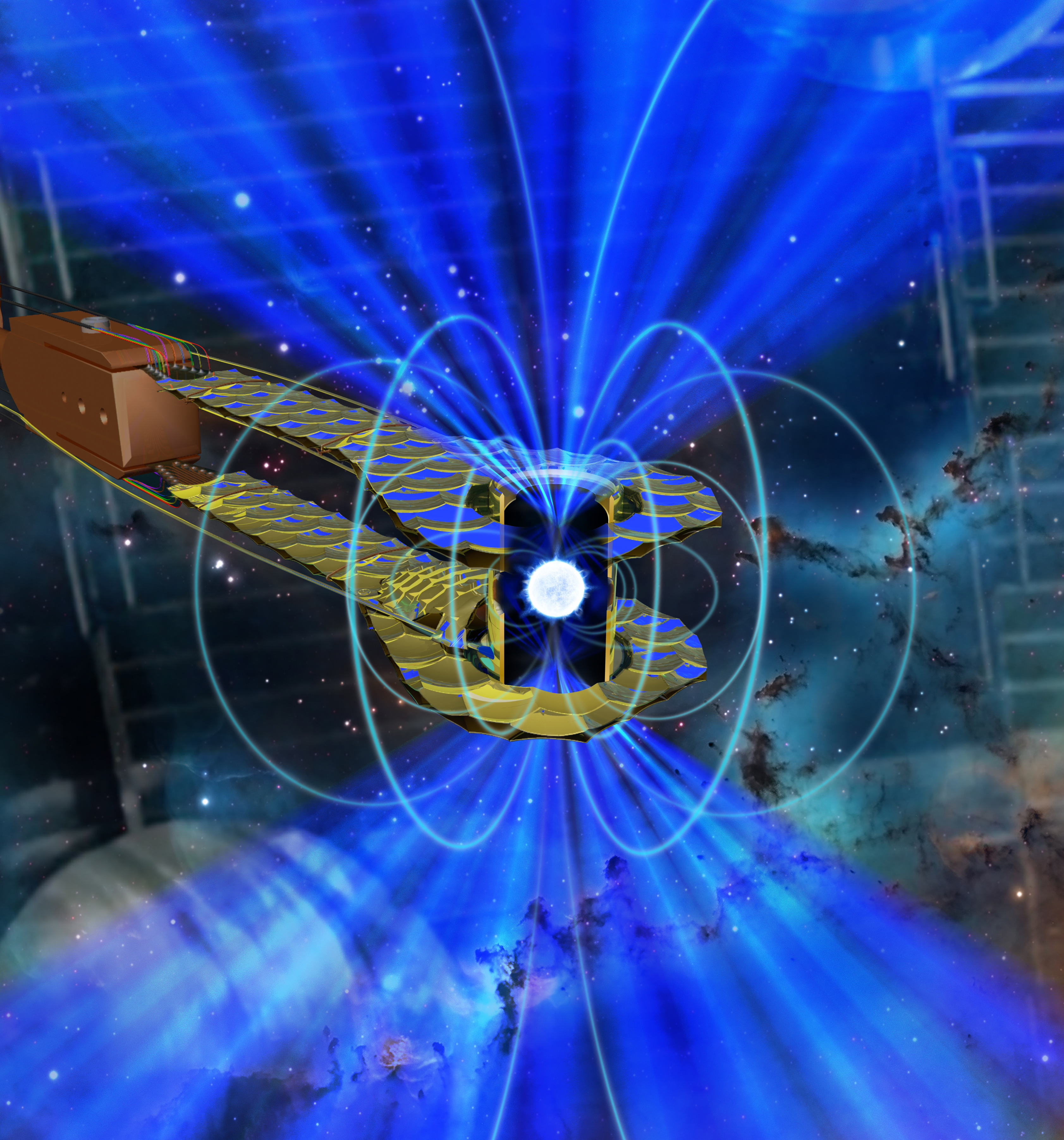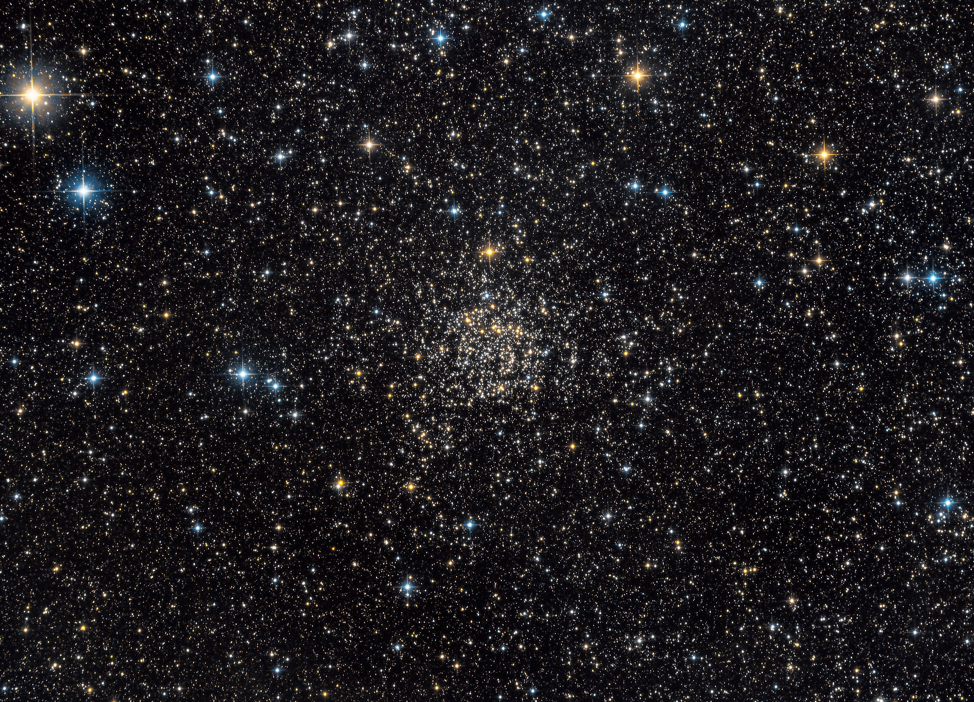A team of astronomers, led by Adam Burgasser, and citizen scientists have discovered a rare hypervelocity L subdwarf star racing through the Milky Way. More remarkably, this star may be on a trajectory that causes it to leave the Milky Way altogether.


